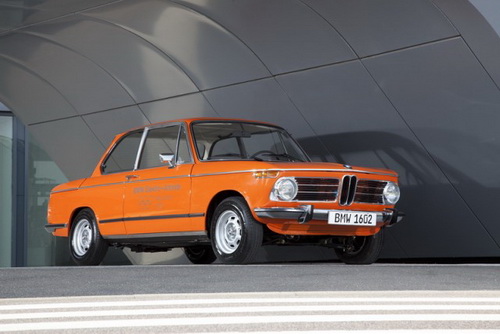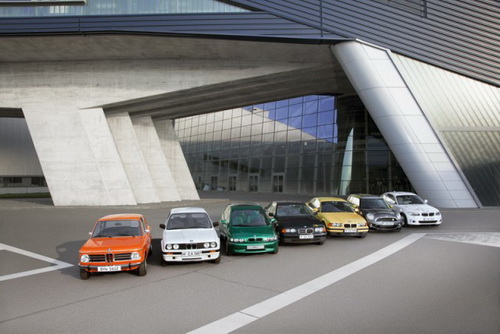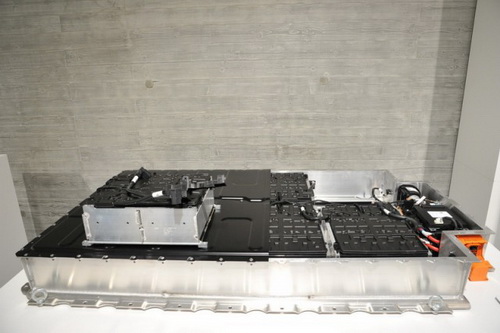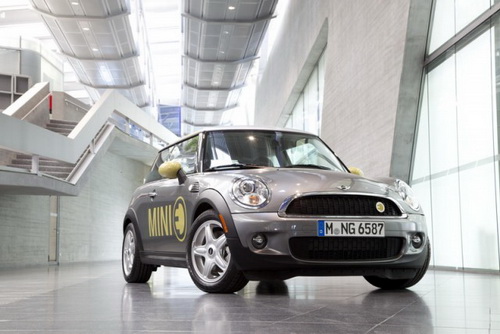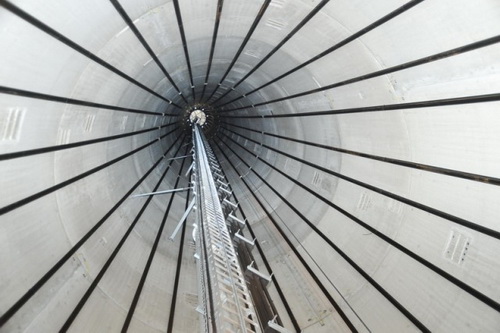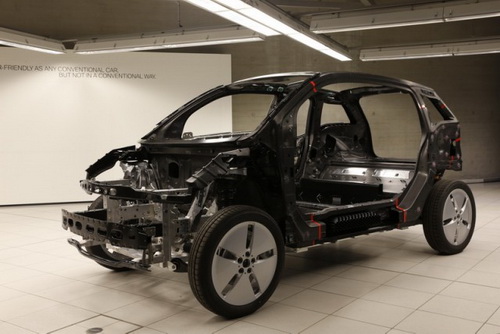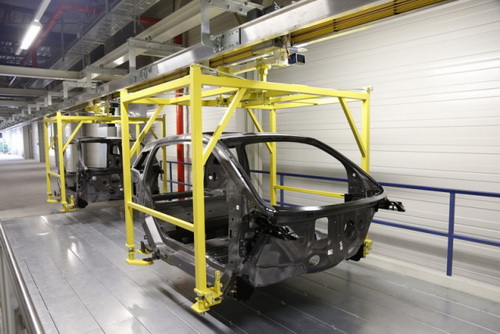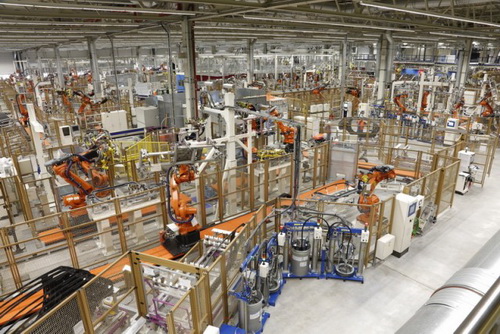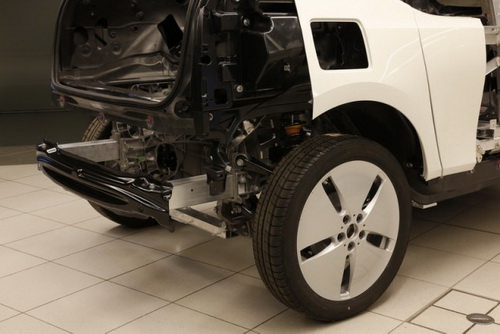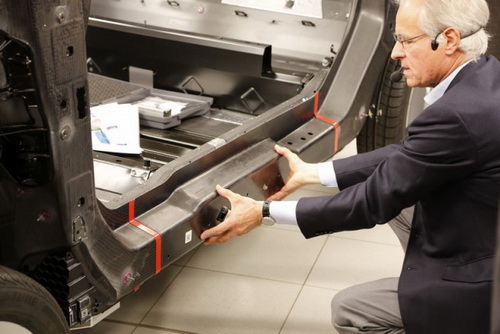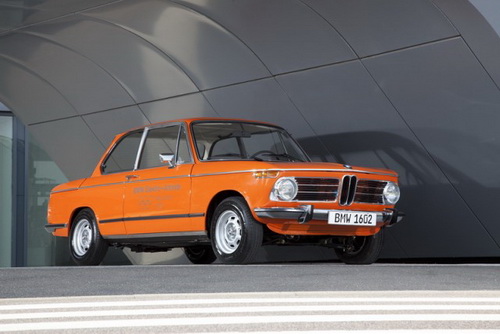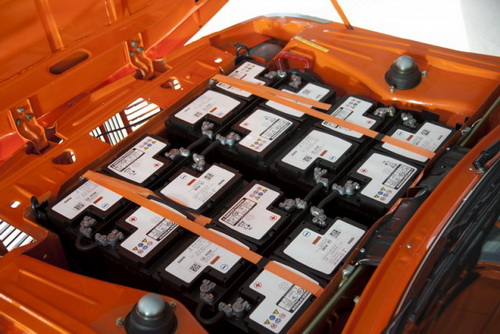Much like it did for the 2012 Olympic Games in London, BMW supplied cars to the organising committee of the 1972 Games in Munich. And, like it did in London, the German giant supplied a number of electrically powered cars for ferrying delegates to and from events, among other things. These cars, BMW 1602 models outfitted with a dozen 12V Varta car batteries, were the forerunner of what is now known as the 'i Division' - and preceded prototypes like the MINI E and BMW 1 Series-based ActiveE by nearly forty years.
Later this year BMW will launch the i3 'megacity car', the first product of the new electric 'i' division. To fill the time waiting around for this BMW is hyping up some of the ground-breaking technologies that will go into its newest cars.
When the 1602 electric was unveiled it was an oddity - a technical exercise that, at the time, answered a question that nobody was yet asking. Fast forward to 2013 however and electric mobility is beginning to seem a close reality. While sales of the Nissan LEAF and various Renault Z.E. models have not set the charts alight, consumers are more attuned to the new technology than those who first viewed the 1602 in the early seventies.
In addition to public consciousness changing, the technologies have also moved on. That first BMW electric vehicle was little more than an existing production car stripped of its combustion engine and sporting an electric motor. Both the i8 sports car and the BMW i3 - and any cars that these models spawn - have been designed from the outset to be electric with the cars effectively built around the lithium-ion batteries and electric motor.
Rather than just producing these new cars using old, 'dirty' techniques BMW has decided that the car's production should be as sustainable and carbon neutral as possible. This begins with carbon fibre specialists, SGL Automotive Carbon Fibres, in Moss Lake, Washington. BMW's partner in the new i project was specifically chosen due to its commitment to sustainability and the fact that the energy intensive production of carbon fibre is powered completely by hydro-electricity.
This commitment is further seen at i Division's 'home' in Leipzig in East Germany, where four 140-metre tall wind turbines supply the energy that powers the dedicated i facility. A change in construction processes - from conventional steel construction with welding and riveting to the gluing involved in the construction of the carbon fibre reinforced plastic (CFRP) i3 'Life Module' - is also more energy efficient and required a complete rethink of what the Bavarian company knew about car production.
One hundred and sixty robots form the 'workforce' that assembles the rigid but lightweight shell using a special two-stage process that bonds the structure together in minutes, leaving a frame that weighs "much less than 150kg". By way of comparison a conventional steel shell would weigh in at 350kg, with aluminium at about 250kg. The positive properties of CFRP have long been known but it was always deemed too expensive for mass production cars. BMW recognised the need to bring down costs over a decade ago and first began to experiment with it in the Z22 prototype before applying it to the E46 M3 CSL. Further refinement of the processes and an investment of €660 million now mean that, at full capacity, the Leipzig plant can churn out i3 Life Modules at a rate comparable to that of a traditional steel body facility.
The inherent lightness of the CFRP structure is important, as it allows the BMW engineers to bulk up on batteries: the i3's lithium-ion cell tips the scales at 230kg and the car delivers a range of up to 160 kilometres. Strategically placed beneath the floor of the i3, the batteries are not only surrounded by a nearly impregnable safety cell (and BMW has tried over 100 times to breach the structure in crash testing) but also has the effect of lowering the car's centre of gravity. This should have a positive effect on the car's handling, as too will the near perfect 50/50 weight distribution.
This would be a standard feature of BMW products but the i3 differs in that it is rear-'engined' with the electric motor and torque converter gearbox sitting in an aluminium sub-frame over the rear axle. The conventional engine bay at the front will instead house an aluminium crash structure designed to absorb the impact of a front end collision, leaving the CFRP untouched.
Crash repairs and their costs have featured heavily in BMW's thinking and according to its figures an i3 should cost no more than a 1 Series to put back on the road after a ding. The aluminium structures of the i3 are closely related to those introduced in the E60 5 Series and are easily repaired. The bodywork of the electric car, which sits atop the carbon fibre shell, is a form of reinforced plastic that can easily be popped from the frame and replaced with a panel that arrives from Leipzig pre-painted, while individual sections of the CFRP shell (the sill for example) can be cut away and a new section bonded in its place.
Could the i3 finally be the car to turn buyers to electric? Only time will tell but the production version is slated for its first public outing at the Frankfurt Motor Show in September with first deliveries in early 2014. It is not expected to come cheap though, some suggesting a price comparable to that of a well specified BMW 320d, but for some that will be a price worth paying. And for those who still suffer from range anxiety - a range extended version that uses a two-cylinder engine borrowed from BMW's Motorrad bike division is in the pipeline.

